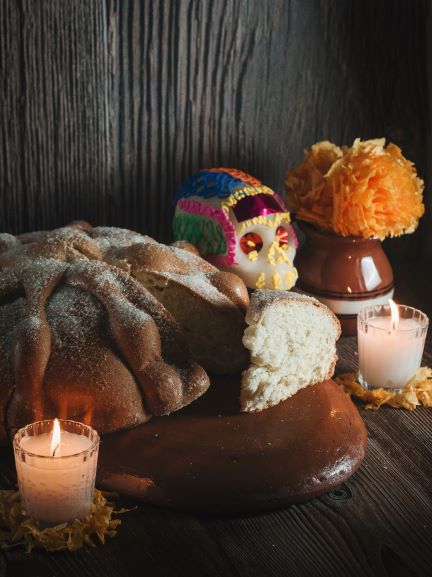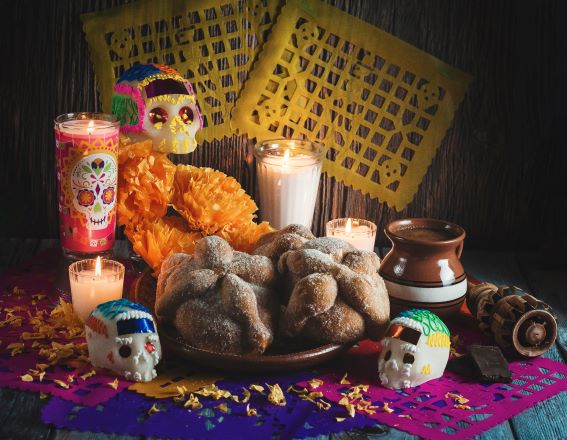by Melanie Laporte
National Hispanic Heritage Month actually started off as only two days. During the 1960s civil rights movement, Californian Congressman George E. Brown California wanted to recognize the role Hispanics played in the United States. He was behind a law stating the president would issue annual proclamations for September 15 and 16 be observed with “ceremony and activities.”
President Lyndon Johnson issued the first week-long proclamation in 1988 then President Reagan signed off on a full month of National Hispanic Heritage lasting until Oct.15. Every president thereafter has annually signed the proclamation.

National Hispanic Heritage Month celebrates the contributions, achievements, and histories of men and women of Hispanic origin as well as recalling the work of the early Spanish explorers and settlers.
Now, National Hispanic Heritage Month is celebrated from Sept. 15 to Oct. 15. The observance starts in the middle of September to commemorate anniversaries of independence for the Latin American countries of Costa Rica, El Salvador, Guatemala, Honduras and Nicaragua as well as Mexico’s independence.
In everyday life, people on the East Coast tend to identify as Hispanic whereas West coast residents use Latino according to the US Office of Management and Budget. But what is the difference between Hispanic and Latino/LatinX?
Latino is anyone of Latin origin or ancestry in the Western Hemisphere including Brazil where Portuguese is the official language.
The Census Bureau categorizes Hispanic is anyone with lineage from a Spanish-speaking country regardless of race: Guatemala, El Salvador, Mexico, Honduras, Panama, Ecuador, Colombia, Peru, Costa Rica, Dominican Republic, Puerto Rico, Venezuela, Bolivia, Paraguay, Uruguay, Chile, Nicaragua, Argentina, and Cuba. Hispanics are linked by similar traditions of music, food, dance, culture, and one language: Spanish. Note, LatinX is the gender neutral term.
According to the Pew Research Center, there is a tendency to not identify as Latino as children assimilate into the US cultural melting pot. To not identify as “other” or foreign and the first thing people let go is language. It happens in almost every immigrant group.
When a community loses what makes them different and unique, the entire country loses. It’s important to keep a strong identity and rich traditions then teach others about culture through music, dance, and pop culture to foster understanding and appreciation.
National Hispanic Heritage Month is a time for all people to celebrate Hispanic history and community, culturally and economically. Firstly, start by supporting local Hispanic small businesses such as restaurants and speciality stores. Develop your spanish speaking abilities and donate to philanthropic groups like CASA and Somos.
How to observe National Hispanic Heritage Month or Learn about the LatinX Community
Austin Community College
- Take a Spanish language class for credit.
- Attend the annual September ACC Díez y Seis event honoring Hispanic Heritage.
- Take advantage of resources provided by Latino/Latin American Studies Center or El Centro increasing understanding of the broad Lation X community at ACC and in Central Texas and Ascender: Catch the Next, a campus program offering educational support, scholarships, and mentoring opportunities.
- Apply for a scholarship from Hispanic Association of Colleges and Universities.
- LatinX Student Union (LXSU) student organization to connect with others and create relationships.
City of Austin
- Meals on Wheels help deliver meals to hungry seniors as well as keeping them company.
- CASA be an advocate volunteer to help abused and neglected children.
- Latinitas give to or volunteer with the first digital magazine made by and for young Latinitas empowering all girls to innovate through media and technology.
- Mexic-Arte Museum walk around the Official Mexican + Mexican American Museum of Texas to buy Made in Mexico embroidered Covid masks and see modern Latin art expositions.
- Emma S. Barrientos Mexican American Cultural Center – watch films from Mexico’s Golden Age of Cinema like Cantinflas, browse impactful art exhibits, make sugar skull masks, and learn from the online courses about Hispanic culture such as Lowriders: All about Austin’s Chicano Lowrider Culture.
- Puerto Rican Cultural Center join them for Fiesta Boricua and the Paseo podcast with highlights from the Puerto Rican community
- Esquina Tango take Spanish language and Argentine tango dance classes.
- Somos Austin contact them to celebrate the city’s vibrant Latio community.
- Young Hispanic Professional Association of Austin gain leadership and professional development opportunities as well as scholarships and mentorship programs withYHPAA.
- Hispanic Impact Fund give what you can or volunteer to the fund helping lift Hispanics in early childhood education, health and wellness, and develop critical job skills.


